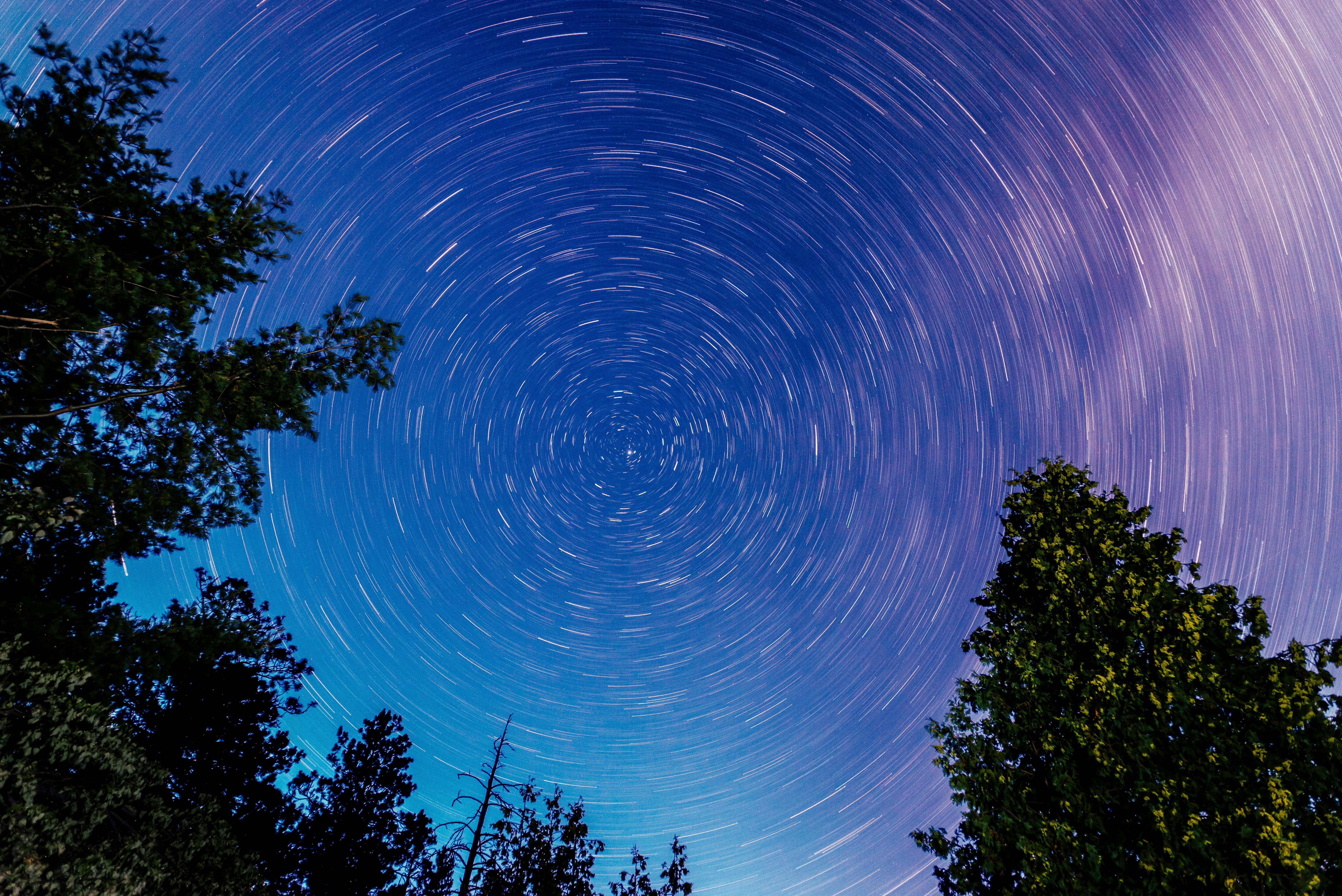
The Incredible Crane Fly Larva – Part II – A Killer Pattern for Large Trout
After reading about how trout love to eat crane fly larvae, I went looking for them to see what all the fuss was about. Not far from my then home in Boulder, Colorado flows a small stream called Boulder Creek. I went down to the creek and started dumping rocks looking for crane fly larvae. Lo, the stream was loaded with the larvae of the giant crane fly (Tipula abdominalis). I collected some samples, put them in a quart jar, and took them home to my fly tying bench. You can imagine how excited my wife was when she saw the jar of “worms” on my fly tying bench. Don’t worry though, I had come to expect such strange behavior. A jar full of “worms” was always preferred to run over animals.
I started experimenting with different combinations of Leagues dubbing (the Leagues dubbing product produced a more translucent effect than other dubbing materials) until I got an absolutely perfect mix to match the color of the larvae To duplicate the translucent effect of the larva of the crane fly, I used a loop dubbing technique to tie up the knockoff. A Mustad 9672 # 2 hook was the perfect length to match the size of the crane fly larva in the jar. When I was done, I dropped the knockoff into the jar to see how close it had come to matching the actual “mistake.” My imitation was so perfect that I couldn’t tell the difference between the real larva and my imitation, except for the hook sticking out of it. Couldn’t wait to try it. I went fishing for my favorite river, the North Platte in Wyoming, about 15 miles upriver from Saratoga, Wyoming, in a state-leased section called “Treasure Island.”
Later, at the end of my fishing day, I ran into two other fly fishermen in the parking lot and asked if they were lucky. Expressing disappointment, they informed me that they had only caught two trout. They complained that the river was too high and the water too cloudy. They were locals and they assured me that fishing would improve a lot as soon as the runoff was over; then they asked me how I did it. With pride I replied; “I had a great day. I caught about 30 fish.” They both reacted in amazement and of course wanted to know what he was wearing. They were both very surprised when I showed them my imitation crane fly.
For years, I tied flies for the Great Rocky Mountian Fur Company of Saratoga, Wyoming, and they used my crane fly pattern extensively. Store owner Tom Weirsema told me that the first time he caught my crane fly larval pattern he produced the largest brown trout he has ever caught in North Platte. I also sent the crane fly larval pattern to Rod Walinchus of Rawlins, Wyoming (The Great Divide Flyfishers) for his book: “The Flies of Southern Wyoming.” After the book was published, Rod sent me a copy of the book. He included a note saying that he had caught an 8 ½ lb brown with the fly on his first cast! About a year later, I saw an article in the Rocky Mountain News written by an outdoor writer extolling the fish-catching properties of an “ugly-looking olive cigar.” Word had gotten around.
As I mentioned earlier, a crane fly larva is translucent, and three colors will mimic most larvae: light gray olive, tan, or dark olive. The fly is easy to tie and has a very simple design. It is shaped like a small cigar.
I tie them weighted in sizes 2, 4, 6 and 8’s. For the South Platte in Cheeseman Canyon near Decker’s Colorado, a size 6 and 8 is preferred in tan and dark olive colors. However, in larger rivers such as the North Platte, the Green, the Big Horn or the Colorado, for example; sizes 2 and 4 are better. The further north you go, the bigger the crane fly larvae gets. In Montana, I only fish size 2 with a lot of weight in light olive gray.
There are two presentation methods for fly fishermen to catch crane fly larvae: one, you can drag them as you would any other nymph; when the nymph fishes. Or two, you can fish them on a sinking line using a 6 foot short leader with a slow turn of the hand to retrieve. I have had great success with both methods. For really wide waters, the sink line method will take the fly to places that would otherwise be very difficult to reach with a nymph fishing style.
The best time to fish for crane fly larvae is from the beginning of May to the end of July. I have caught fish using the pattern in all seasons except winter.
Where to fish the larva of the crane fly? I start at the beginning of any race just below the riffle. I like to toss the fly into the fast water above and let it wash away on the run. Don’t be surprised if you get an immediate shot. From there, I examine all the fishing spots throughout the tour.
When fishing for the crane fly on a sinking line, use a size 2 or 4. Drift for the first half of the cast and swim for the second half. The largest pattern will be taken as a crane fly larva and / or as a minnow. The sinking line technique is very lethal and will produce the largest fish in the river.
As for a “pretty” fly, the crane fly larva is not very impressive to look at, however, the trout do not know it. They just want to eat it. Use a minimum of 3X tippet or stronger. The most dominant fish in the stream are usually the first to try; so wait and make sure you have your camera with you.


No Comment